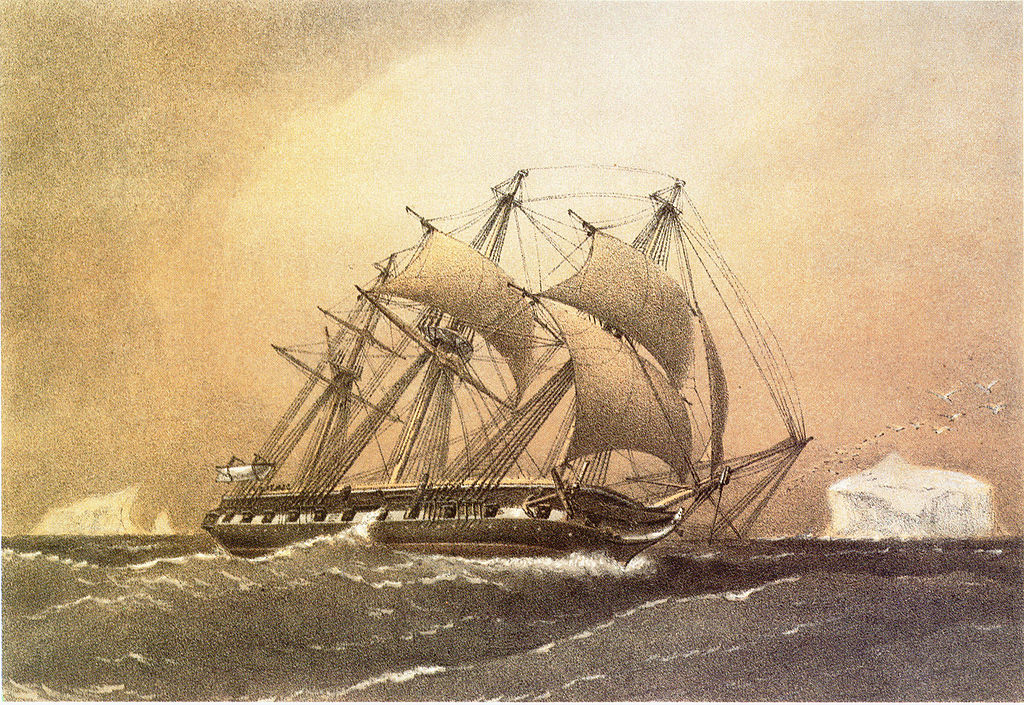Today in 1875, the oceans suddenly seemed a lot deeper, thanks to an expedition that redefined the way we understand oceans and the creatures that call them home.
This was the expedition of the HMS Challenger, and before then, the oceans weren’t of great interest to many scientists.
Some even thought that looking deeper and deeper into the ocean meant there would be less and less of interest to scientists.
A group in the UK decided to put that idea to the test, and convinced the Royal Navy to turn over one of its ships for a multi-year scientific mission, with six scientists and a crew of more than 200.
The Challenger had 15 of its 17 guns removed to free up space for all the scientific work.
And there was a lot to do: at designated intervals every few days, the ship would cast its nets to catch marine creatures, and they would measure both the ocean depth and the water temperature.
This went on from December 1872 until Challenger’s return in May 1876.
Their full report was 50 volumes, nearly 30,000 pages of findings.
They brought back over 4,700 specimens, some from species that had never been seen before.
And perhaps most astonishing of all, they measured on March 23, 1875 what was by far the deepest spot ever found in the ocean, now known as Challenger Deep.
It’s more than five miles below the surface of the water, so deep that when they first tried to measure it, they ran out of rope.
Today we know that at every level of the ocean there are fascinating creatures and formations, what’s underwater is as complex as any place on land.
A huge amount of that understanding comes from this one long mission.
But it certainly didn’t stop there.
The amount of ocean we’ve explored in detail isn’t even close to the part that’s still waiting to be studied.
So if you’ve got a ship, a crew and a few open years ahead of you, well, you know what you can do…
After all, as Jacques Cousteau once put it, really, we’re all in the same boat.
Today in 1857 was the debut of Elisha Otis’s elevator brake, which basically made skyscrapers possible.
Which reminds me about a company in Tokyo called Shimada Denki Seisakusho, which makes elevator buttons and lights.
And if you tour the company’s factory, you’ll find a wall where you can push every one of the buttons they’ve ever produced, over a thousand in all.
HMS Challenger: The voyage that birthed oceanography (BBC)
H.M.S. Challenger: Humanity’s First Real Glimpse of the Deep Oceans (Discover Magazine)
Pressing 1,000 Buttons Is the Perfect Way to Complete an Elevator Button Factory Tour (Oddity Central)
Our Patreon backers have kept this multi-year mission going, join them today!
Image via Wikicommons

